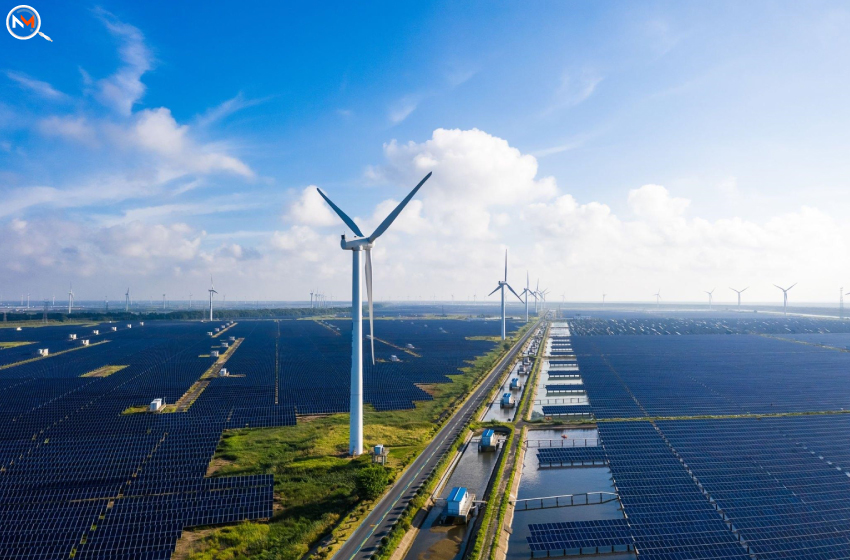
Sustainable Development: Basic Sciences That Empower Such A Growth
- Technology
 Sophia Silva
Sophia Silva- November 10, 2022
- 0
- 15 minutes read
We, humans, have taken the environment for granted a lot of times, isn’t it? The fact that all natural resources are there to help us not for exploitation is not understood by many of us. This is why there have been several campaigns that have talked about the importance of sustainability and the prevention of the environment. In this respect, companies and researchers around the world have started working on newer technologies and sciences that would make the situation better. For this purpose, we decided to bring you this article that discusses how science has been used to fuel the growth of sustainable development.
Sustainable Development Meaning
The sustainable development meaning, or definition is not very complicated. It refers to the growth and development of economies without depletion or pressure on natural resources. The concept of this kind of economic development came into existence after humans understood the significance of nature and the need to save it. There have been various strategies and sciences involved in making this successful. The Sustainable Development Agenda by United Nations states the sustainable development meaning to be one:
“That meets the needs of the present without compromising the ability of future generations to meet their own needs.”
Goals Of Sustainability
The agenda by the UN on such a development mentions 17 sustainable development goals listed below.
- No Poverty
- Zero Hunger
- Good Health And Well-Being
- Quality Education
- Gender Equality
- Clean Water And Sanitation
- Affordable And Clean Energy
- Decent Work And Economic Growth
- Industry Innovation And Infrastructure
- Reduced Inequalities
- Sustainable Cities And Communities
- Responsible Consumption And Production
- Climate Action
- Life Below Water
- Life On Land
- Peace, Justice, And Strong Institutions
- Partnerships For The Goals
Sustainable Development Examples And The Science Behind Them
After sustainable development goals, we would like to give you an insight into the various science that aid in achieving those aims. Therefore, we expect you to scroll through the list carefully while reading the significant details mentioned about sustainable development examples and the science used behind them.
1. Solar Energy

Solar energy is one of the most prominent forms of clean energy. In addition, it is a renewable energy source as well as the Sun will always be there and so, the depletion or unavailability of this energy is not possible. Using solar energy will help in meeting the sustainable development goals that we have mentioned earlier. This is due to the fact that it will aid in reducing the consumption of electricity generated from other non-renewable sources.
In addition, industries often save money on infrastructure after the installation of a solar panel. This promotes the utilisation of energy that does not exploit natural resources like water. Moreover, any sustainable development project that is undertaken by industries supporting a better environment gives preference to clean energy like this.
2. Wind Energy

Wind energy is another clean source of energy that is being used for promoting sustainable growth. It is powered by the speed of the wind at a particular place. The use of wind energy in manufacturing units that are not located close to residential areas has increased. This form of energy not only reduces the pressure on non-renewable resources like petroleum and crude oil but also reduces the cost of energy production. This in turn is beneficial for the industries that have adopted this method, thus, supporting sustainable development. There have been companies that have considered using wind energy for any sustainable development project they work on.
3. Crop Rotation
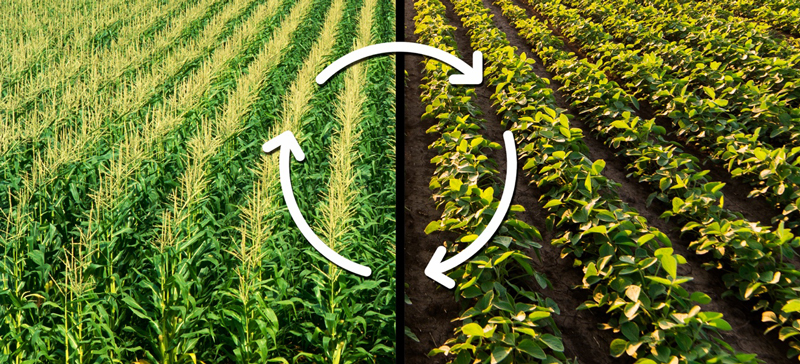
It is essential for farmers to use sustainable agriculture methods that are not only beneficial for the environment but also ease their work a lot. Crop rotation is one such technique that every farmer should use. In this practice, one has to sow different types of crops after every harvesting season. It is recommended to grow leguminous crops after harvesting crops that require a lot of nutrients like nitrogen and phosphorus from the soil.
This way, the farmer would get the opportunity to earn using different agricultural produce and he also need not stress about the soil losing its fertility. Crop rotation would also prevent the ways of agriculture that prevent the forests and other areas from rejuvenating. These include practices like slash-and-burn agriculture that led to deforestation and barren land.
4. Green Space
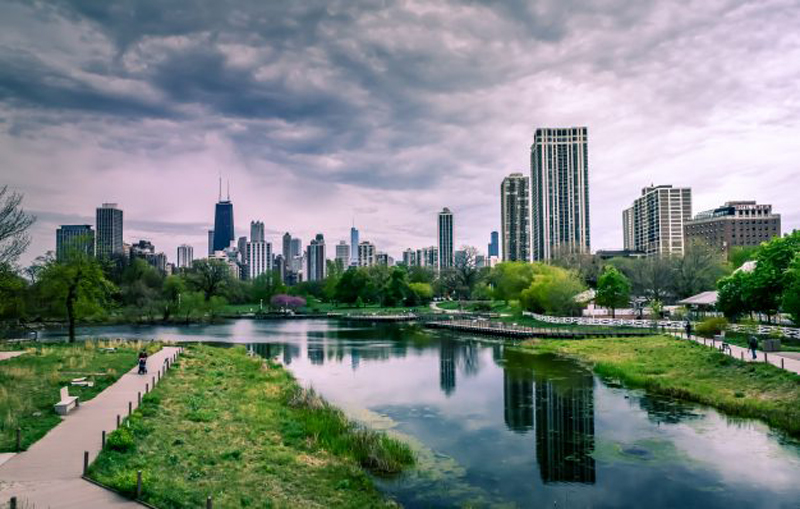
Green space refers to a residential area that has integrated greenery around it. Green space means the promotion of green plants like trees, grass, or bushes. This is what urban areas have to take care of. Since dense urban areas are always filled with concrete buildings and there is literally no space left for greens to grow on their own, plans should be made to plant them in specific areas.
In short, green space is the accumulation of both buildings and greenery (where greens are given priority). This helps in the sustainable development goals in urban areas. It is a sustainable development project option that is given importance in these areas. Several governments are also working on the same to promote greener surroundings.
5. Sustainable Forestry
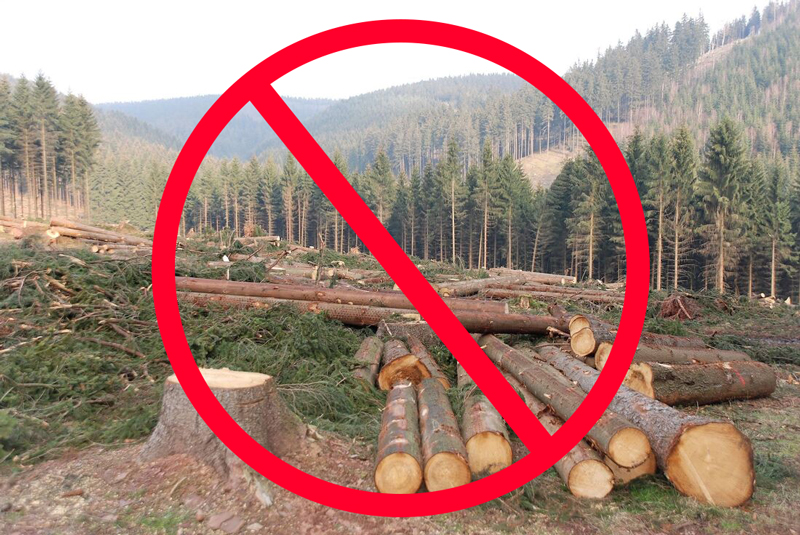
Sustainable forestry might seem similar to sustainable agriculture. However, that is not the case here. This is one of the sustainable development examples that people should consider when wild nature is in question. For several years, deforestation has been taking place, which is absolutely not a practice that should go on. It has been one of the reasons why many species have become endangered due to the loss of habitat.
Forests are capable of rejuvenation, therefore, humans should make sustainable use of them and utilise these resources at a slower pace than the speed at which they are regenerated. In this way, the needs of humans would be fulfilled without having to hinder the way wildlife has been sustained. Moreover, this list of endangered species would not have a huge number of new additions.
6. Sustainable Construction
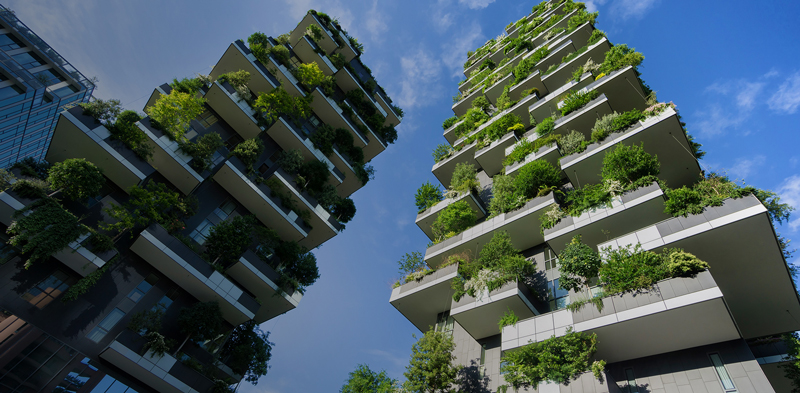
The concept of sustainable construction aids in improving and enhancing the infrastructure that we have without harming the planet we will live in. In the past, innumerable buildings and other constructions took place at a rapid pace and that too in a not so sustainable manner. This resulted in the depletion of natural resources. However, in current times, companies are focusing on the construction of buildings, roads, and other infrastructure using clean energy which is completely renewable. In addition, they have taken into consideration using recycled materials, which is paving the way for achieving sustainable development goals.
7. Effective Water Fixtures
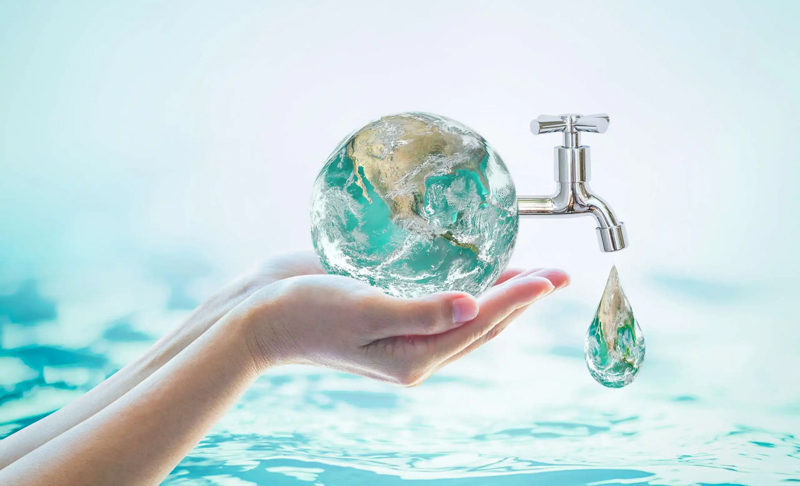
Water is a non-renewable resource that we have been exploiting without any bounds. Millions of gallons of water are wasted every year as masses are still not understanding the need for saving water. For this purpose, some technological changes have been made that help in the reduction of this wastage. These include low-flow taps, toilet stops, showerheads, and dual-flush toilets. These water fixtures were implemented in the United States in 1994 and resulted in a reduction of about 50% in water consumption.
8. Sustainable Fishing Practice
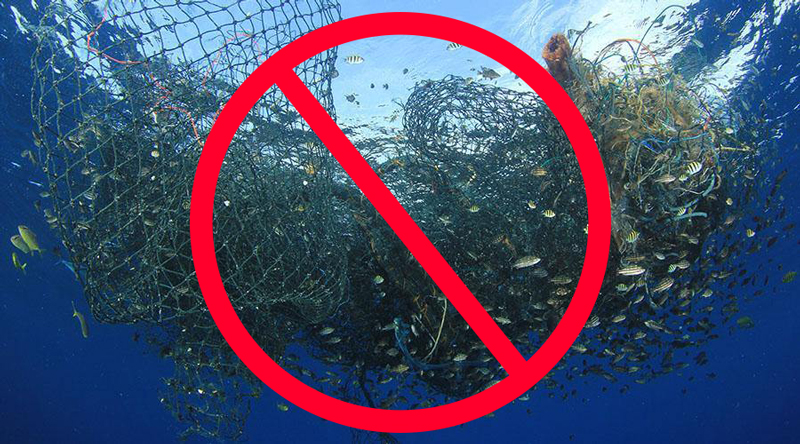
Fish is a great source of omega-3, which is why people like to consume fish and its products. Therefore, fishing is done on a large scale not just to feed people but to produce products like fish oil and other omega-3 supplements. Further, destructive practices like trawling, cyanide fishing, ghost fishing, and blast fishing, had led to a loss of about 42% of fish species along with the precious coral reefs. However, sustainable fishing practices like artesian fishing and even traditional methods that include hook fishing, traps, and rods, have been known to reduce the loss of species from 42% to nearly 3%.
9. Waste-To-Energy Conversion
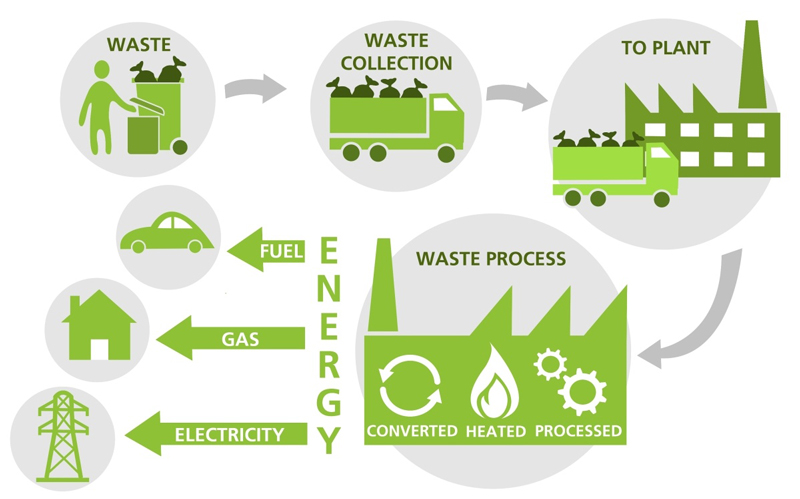
Humans generate a lot of waste and consume huge amounts of energy. This is where a bridge has been mapped recently. It is possible to generate energy through the waste that is generated by households. This helps in development while conserving natural resources in two ways. The use of waste in energy production would reduce the pressure on nature to decompose tons of waste generated. Also, the energy resources like crude oil, fossil fuels, petroleum, natural gas, and water, which are non-renewable in nature won’t be used much.
10. Sustainable Transportation
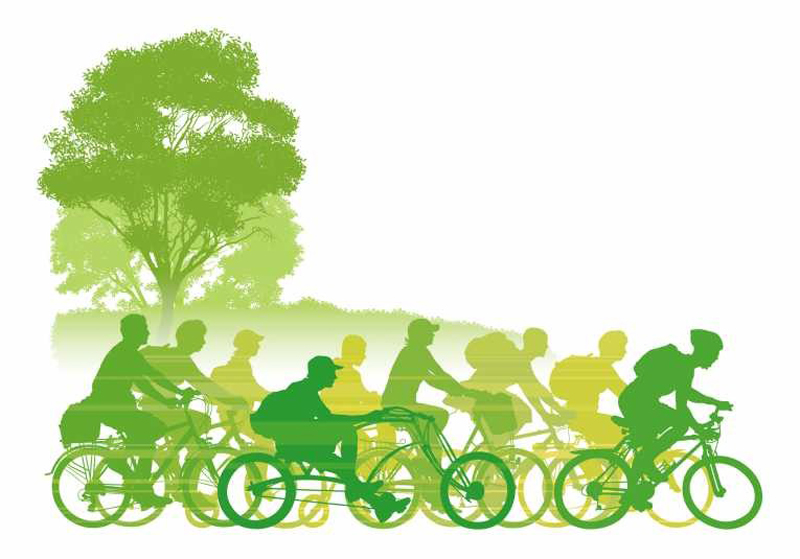
Transportation requires fuel and the consumption rate of fuel due to the reason has been increasing manifold. Moreover, carbon emissions from cars and other vehicles have led to air pollution, which is again detrimental to the environment. In order to mitigate these problems, scientists have developed technology such as clean fuel technology. The use of biofuels in cars has also increased in recent times. Moreover, the concept of car sharing has gained popularity. Further, there are some cars that work on a hybrid basis that can use both clean and non-renewable energy resources for operation.
A Science-Backed Finale!
Sustainable development is a concept that is very essential in order to grow economically without harming the environment. For this purpose, various sciences and technologies have been and are being worked on to promote the judicious use of the resources that mother Earth has provided us with. In addition, the implementation of such technological advancements has also been given priority. Therefore, we can rightly say that the science and technological improvements that earlier depleted the resources and were not environment-friendly have changed their course of action. As a human, you should also put in efforts to make the environment better by implementing these techniques.

